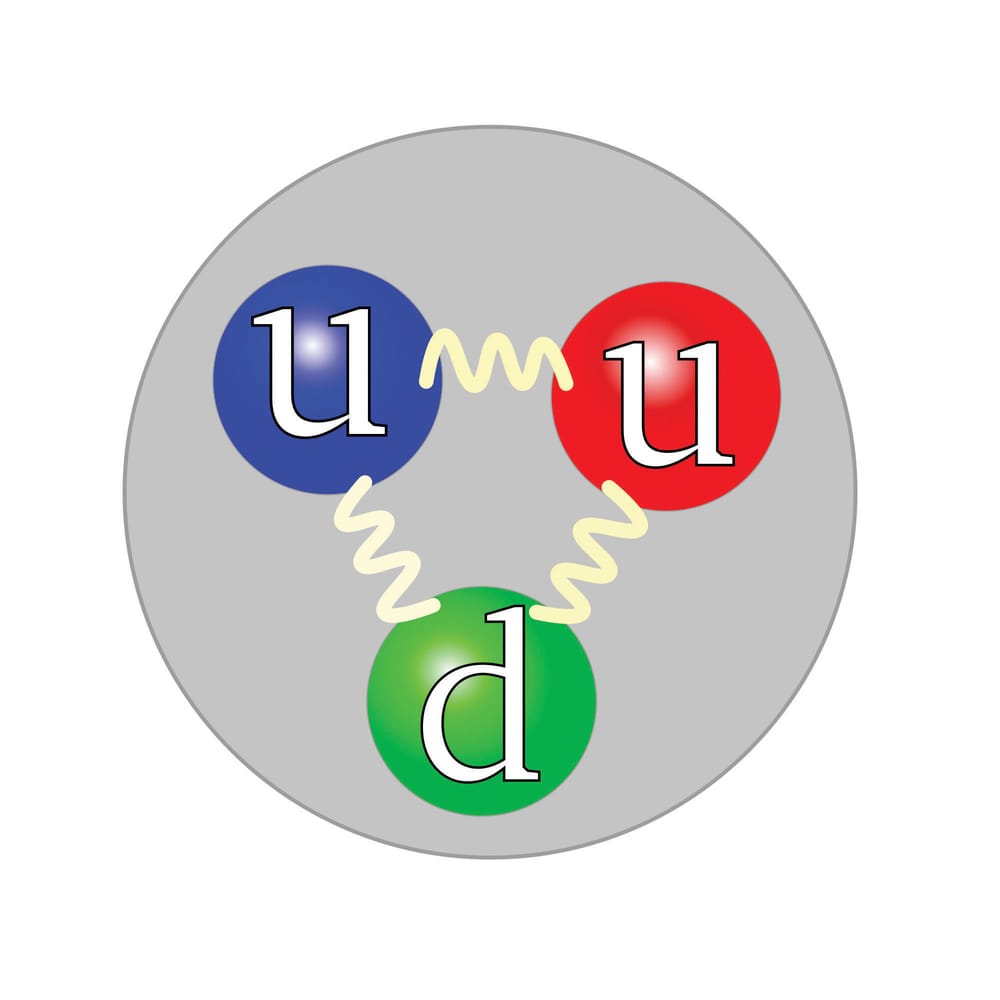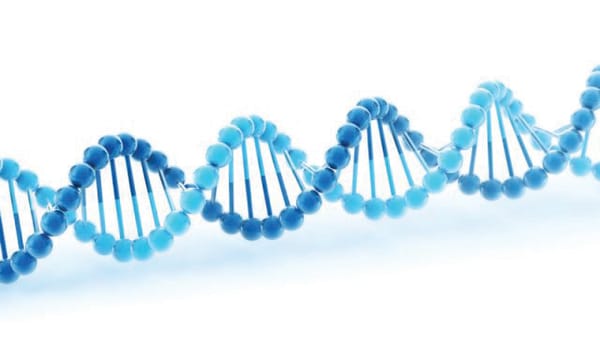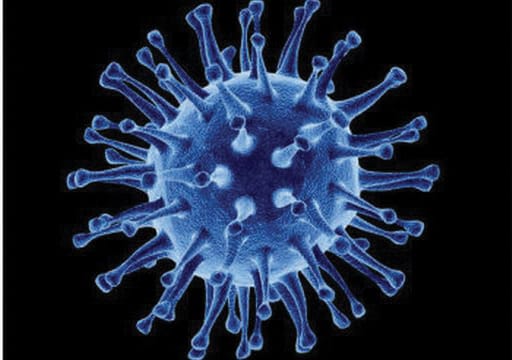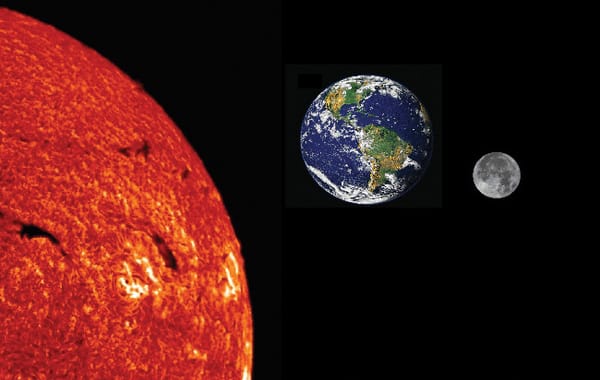Tiny protons?
Are protons all coot and ickle?

The radius of a proton has generally been considered to be 0.87 femtometers (fm), an incredibly tiny amount. However, a paper published in Science earlier this year suggests this miniscule distance may be smaller than previously thought.
A team from ETH Zürich took a muonic hydrogen, a hydrogen atom where the electron has been replaced with a muon. Muons are similar to electrons, but heavier, meaning it spends a longer period of time within the proton’s charge distribution. This makes it easier to probe the size of the proton.
Investigation into the size yielded an inter-muon radius far less than anything reported previously, except a similar paper published in 2000.
Both papers used muonic hydrogen spectroscopy, a process where the muonic hydrogen atom is probed with a laser to obtain data necessary to obtain a very accurate measurement as to the size of the nucleus. The newer paper, however, investigates using two energy levels instead of just the one used previously, reducing a potential source of error.
Scientists are confused by the two findings, both of which provide the same value to a very small error. Muonic measurements do not correlate with that of non-muonic hydrogen, leading to suspicion that a systematic error in the experiment provides erroneously small results.
Investigation using muonic deuterium and muonic helium would allow researchers to decide whether there is an experimental method to blame or not.
There is also the potentital for error in the mathematical calculations needed to convert the spectroscopic data to a numerical value, the calculations and errors in which are in the process of being checked.
However, if all sources of error are ruled out, it must be the case that an entire new branch of physics is found, with some arguing it could lead to a rethink of quantum electrodynamics. A conclusion as to whether the smaller protons are real or the product of a mathematical error will only be a matter of time.










